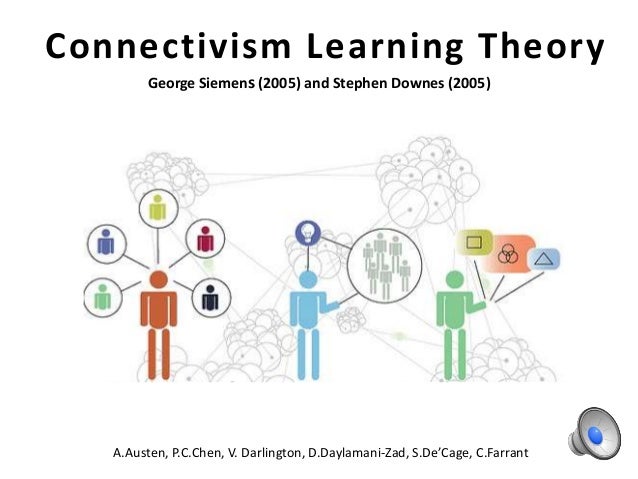Authentic learning can indeed occur online. I am going to even extend my argument to claim that extended learning is even further supported by online learning than formal, in person learning.
According to the Authentic Learning Design Framework (based on Herrington et al, 2010), task, resource, and support are at the core of an authentic learning environment.
Resources: Learning online allows for limitless resources, and more importantly, allows for delivery of content in various ways. For example, Charles Dzubian state in his lecture the difficulties of teaching students sampling distribution. It was only after showing students a video that understanding of the content was achieved. From personal experience as a 6th grade science teacher, students constantly struggled with the various abstract Earth processes, such as rock formation. It was only through a multimedia animation, that concise a thousand year process into two minutes, that students demonstrated true understanding. Even aside from video and multimedia resources, being able to research anything with the click of button is pretty unbelievable!
Supports: Online learning expands formal learning interactions, primarily student to teacher, and allows more opportunities for a student to receive valuable support and feedback. By using online tools such as blogging, MOOCs, and other discussion boards, support can be received from other members of the classroom or even the college community. Authentic learning does not restrict itself to interactions between a student and a teacher. By opening up your support networks, more immediate and specific support be received based on each individuals needs.
Task: With authentic resources and a variety of support, it is only natural then that the level of the task will be more rigorous and engaging. Sometimes what is available limits what can be taught or done. However, with online resources readily available the task being required of students can be multifaceted and personal to the student. A component of authentic learning is that student sees personal interest and importance in the task at hand.
If I was in charge of an online learning class, in order to promote authentic learning I would...
- Provide clear expectations for the course, but allow for flexibility in student discovery and work so that it is personal for them.
- Ask weekly critical thinking questions to engage students and start conversations.
- Be strict in that students must respond to other students blog post/ responses because of the importance of communication with others despite not having face to face interactions. Also feedback from peers is very valuable.
- Although I think conference calls are effective, I do not think it is necessary if members of the class are communicating with each other via teacher directed tasks.
